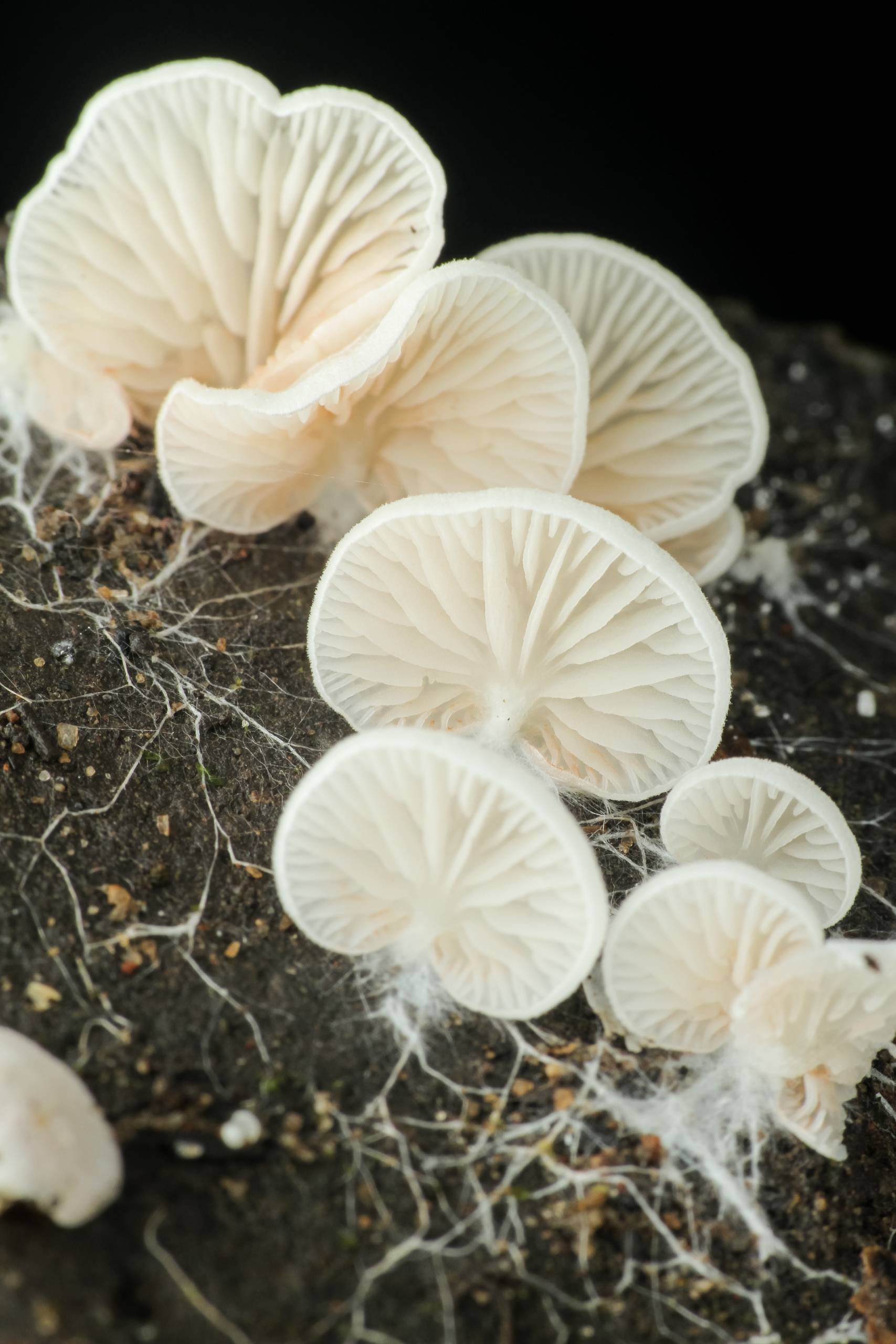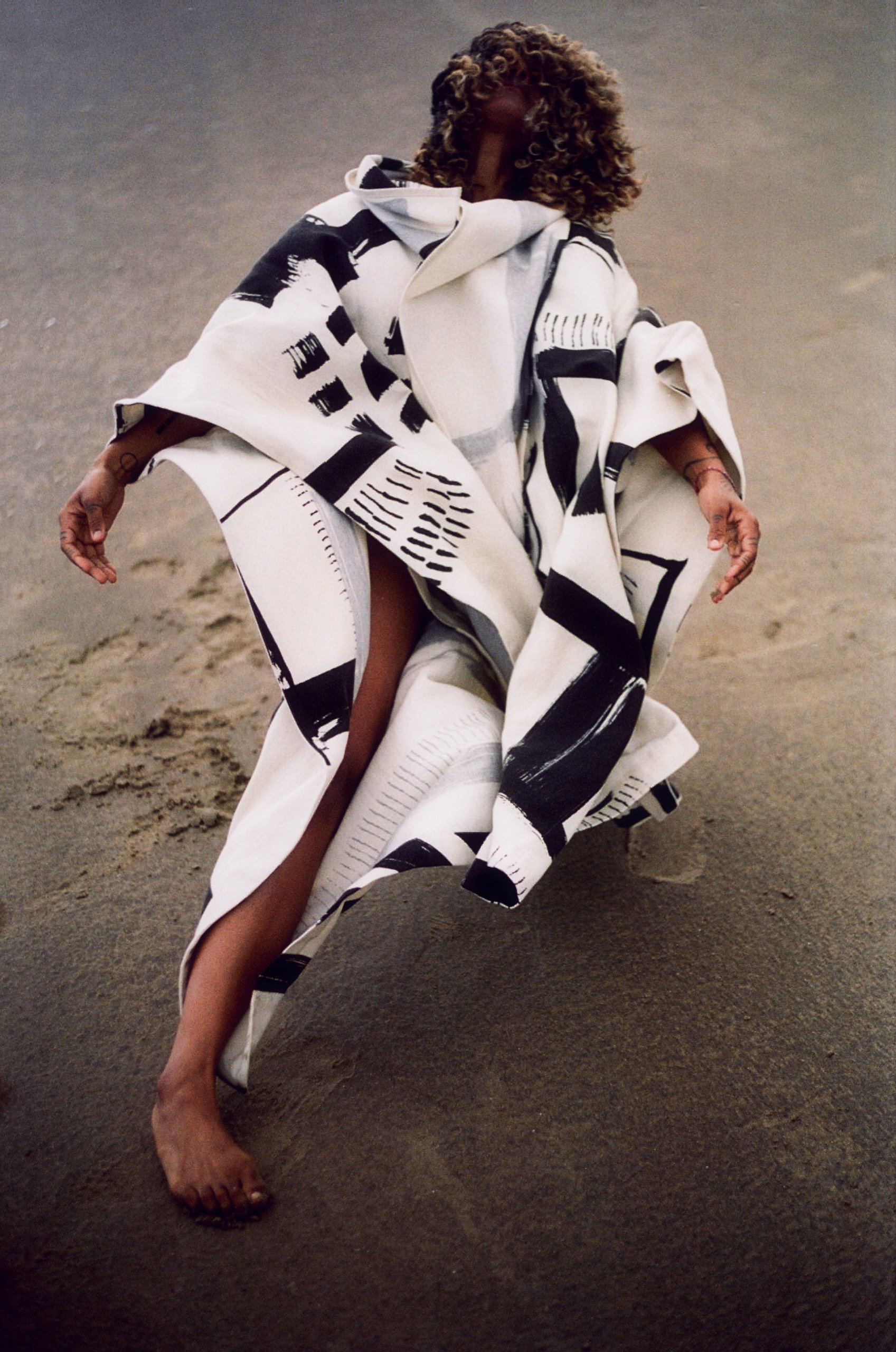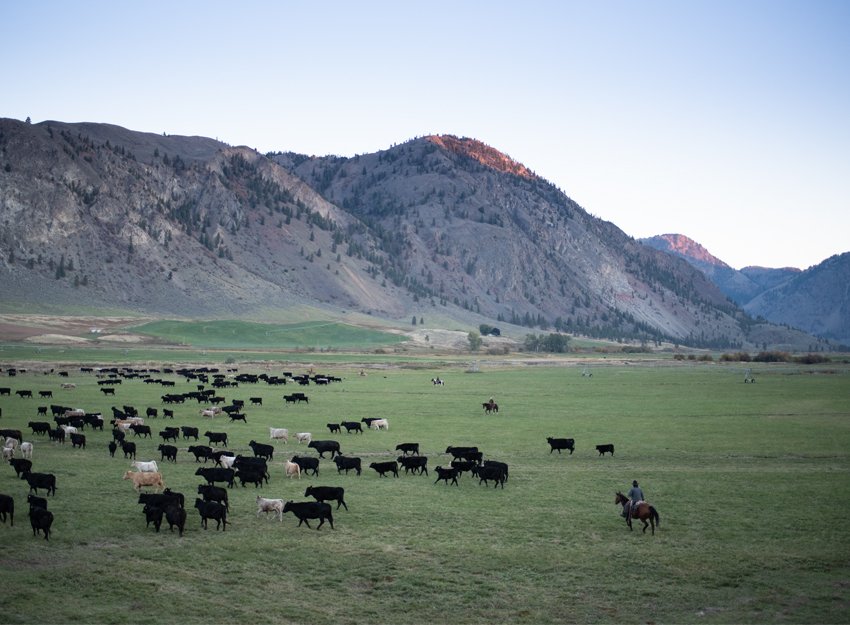Multispecies Choreography
Multispecies Choreography
Multispecies Choreography is a somatic movement practice of learning-from and engaging with more-than-human worlds as a pedagogical process. Created by choreographer-dance artist, Victoria McKenzie in 2022, and through many observations of the ways in which other species move and make systems, the practice asks “how can we learn from more-than-human worlds and how does this information alter or assist us within everyday life?”
Beginning with the idea that intelligence and system making is not just subject to humans, nor is intelligence solely something of the mind, Multispecies Choreography utilises the body as a tool of generating knowledge as the body itself tunes into animal, plant, and landscape soma. Through this engagement, the practice asks ‘what can species teach us about being together on this Earth, defeating the Cartesian divide and tuning into the senses as a wisdom emerging opportunity’? As a movement and pedagogical practice, the choreographic score takes its cue from the other body/species and slows the process down to understand what information—especially as it meets our own bodies and histories—are activated in the double entendre between movement (as a dance practice) and Movement (as a political force).
‘Multispecies Choreography’ has been workshopped during a residency at Zone2Scource and Open set’s ‘School for Multispecies Knowledge’ where participants were led through questions and cues in order to form a praxis of defeating the binaries between ecology and human. With the direct aversion to linguistic language—due to the fact that it cannot speak across all species—we were left with a provocation to tap into the senses, body and being as a form of emerging entangled knowledges. The choreographic cues were process-movements of engaging with Fungi (Negotiation), Cows/ Cattle-herding (Attunement) and Microbes (Collectivity).
In 2023 as part of teaching the Ecologies of Transformation Masters, Multispecies Choreography was utilised as an activation within the curriculum, to think alongside critical texts such as Emergent Strategy by Adrianne Maree Brown and ‘Pedagogy of the Oppressed’ by Brazilian Radical educator Paulo Freire. Furthermore, the practice became a means of dialoguing and co-learning—where Fungal movement became a lecture on negotiation and anti-capitalism, and cattle-herding became a class on collectivity and the commons.
My hope is to continue this choreography-pedagogy within my teachings and classroom spaces—to develop it further within the likes of decolonizing learning within institutions as well as to decolonize our engagement with the world.











